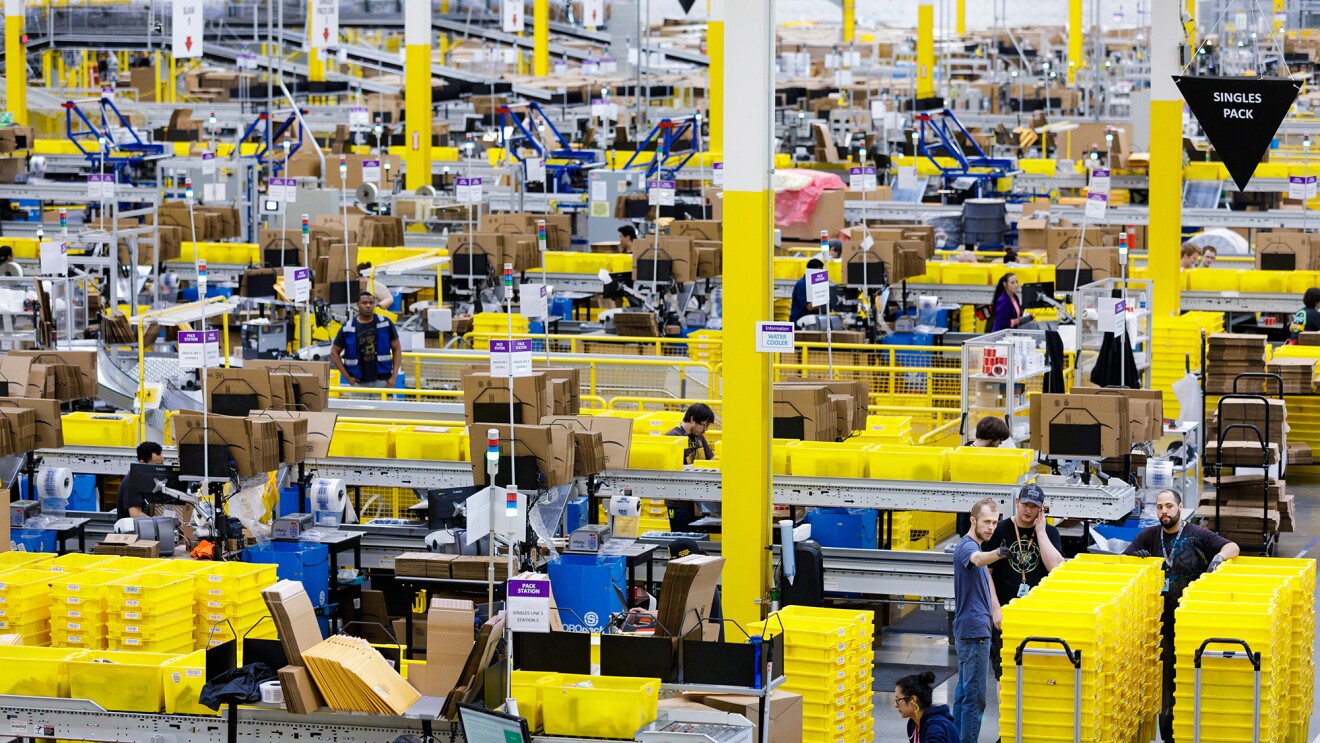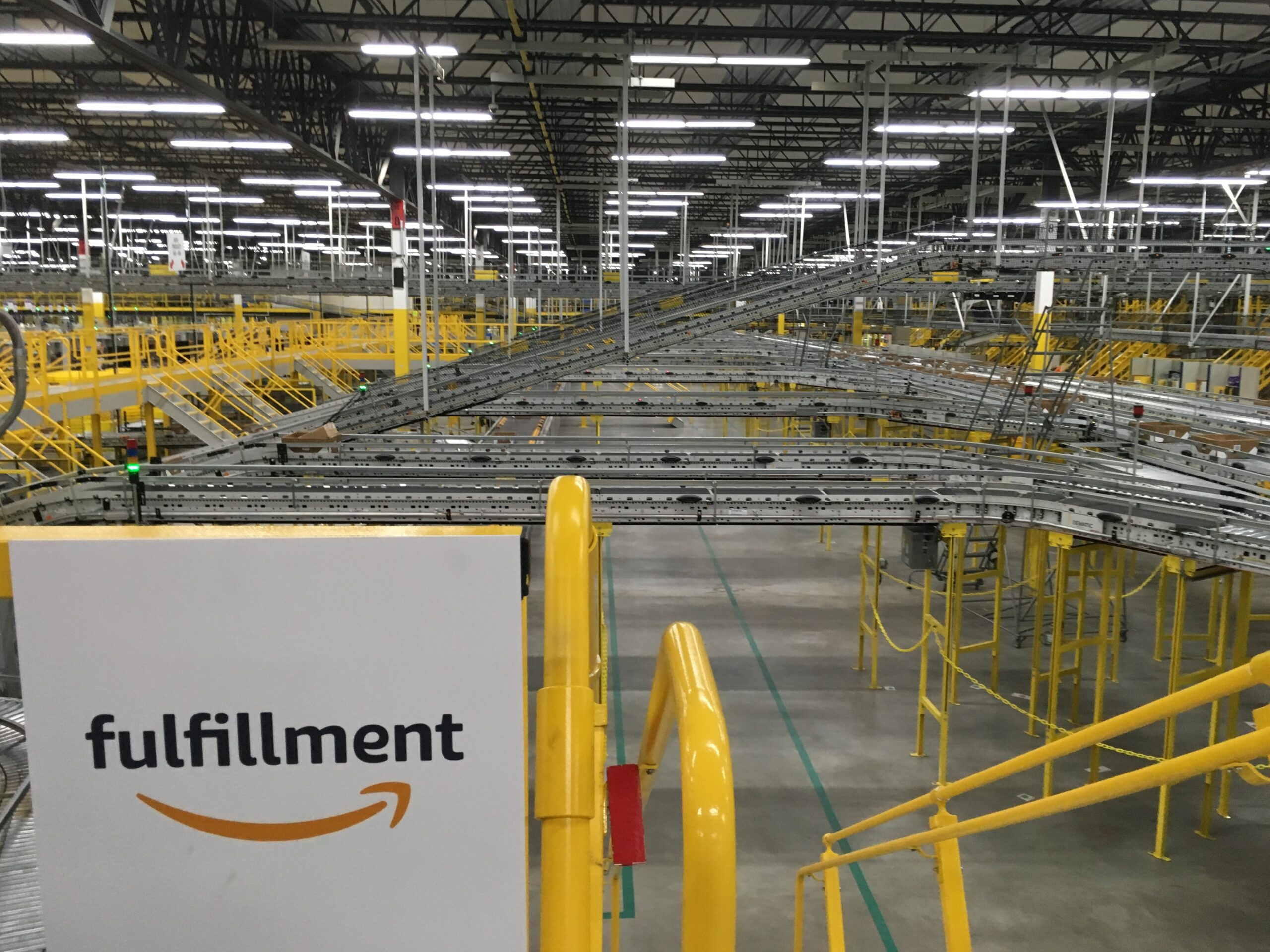
Introduction
As one of the world’s largest e-commerce giants, Amazon has revolutionized the way people shop online. Central to its success is the sophisticated fulfillment process that ensures millions of products reach customers’ doorsteps quickly and efficiently. In this article, we delve into the inner workings of Amazon’s fulfillment system, exploring the key steps involved and the technology that powers its operations.
Order Placement
The fulfillment process begins when customers place their orders on Amazon’s website or mobile app. This user-friendly interface allows shoppers to explore a vast catalog of products and select their desired items. Once an order is confirmed, the fulfillment process kicks into high gear.
Inventory Management
Behind the scenes, Amazon employs advanced inventory management systems to keep track of its vast product inventory. Through a network of fulfillment centers strategically located worldwide, Amazon stores and organizes millions of products. Using real-time data and algorithms, the system optimizes inventory placement, ensuring that popular items are closer to customers’ locations, thus reducing shipping time.
Picking
Upon receiving an order, Amazon’s fulfillment center workers, known as “pickers,” retrieve the items from the shelves. The fulfillment centers are designed to maximize efficiency, with products carefully organized, labeled, and stored using innovative techniques such as robotic assistance. Pickers receive detailed instructions on handheld devices, guiding them through the most efficient route to gather all the items required for an order.
Packing
Once the items are picked, they move to the parking area. Here, Amazon’s employees package the products with care, using custom-designed packaging materials that ensure safe transit. Advanced automation systems and technology aid in streamlining this process, helping to minimize errors and increase productivity.
Shipping and Logistics
Amazon partners with various shipping carriers to transport packages from fulfillment centers to customers’ doorsteps. The choice of carrier depends on factors such as the destination, package size, and delivery speed selected by the customer. Amazon’s advanced algorithms determine the optimal carrier for each package, considering factors like cost, speed, and reliability. Additionally, the company also operates its delivery fleet, including Prime Air drones, to enable rapid deliveries in select areas.
Tracking and Delivery
Once a package is shipped, customers can track its progress through Amazon’s website or app. The tracking information provides real-time updates, allowing customers to stay informed about the estimated delivery date and time. Amazon continually invests in enhancing the visibility and accuracy of its tracking systems to provide a seamless customer experience.
Returns and Customer Service
In the event of a return or exchange, Amazon offers a streamlined process to ensure customer satisfaction. Customers can initiate returns through their Amazon accounts, and the company provides prepaid shipping labels for the return shipment. Amazon’s dedicated customer service team is available 24/7 to assist with any queries or concerns, providing prompt resolutions and maintaining high levels of customer satisfaction.
Conclusion
Amazon’s fulfillment process is a well-oiled machine that combines cutting-edge technology, advanced automation, and a vast network of fulfillment centers to ensure the speedy and efficient delivery of products to customers worldwide. The company’s relentless focus on optimizing each step of the fulfillment process has helped it become a global leader in e-commerce. Additionally, Amazon has expanded its capabilities by introducing initiatives like the ShipNetwork eCommerce fulfillment center, allowing third-party sellers to leverage Amazon’s infrastructure for seamless order fulfillment. By leveraging data-driven decision-making and innovative logistics solutions, Amazon continues to set new standards for customer satisfaction and convenience in the digital age.

